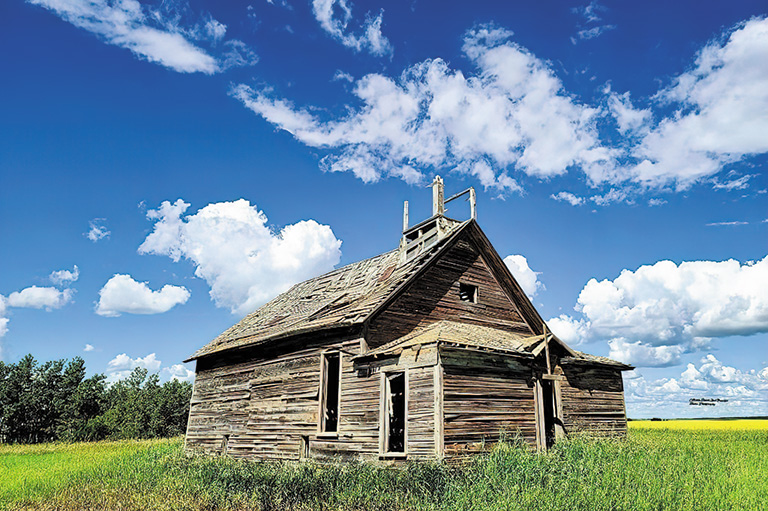Gateway to Splendour

This photograph was taken by Vera Briggs on July 16, 1926, at the east gate in Alberta of what is now Banff National Park. Then called Rocky Mountains Park, it had been established in 1885 and was for years accessed primarily via the Canadian Pacific Railway, which brought wealthy visitors who had come from as far away as Europe.
An avid photographer, Vera was travelling with her brother Frank on what was possibly a family day trip from their home at Turner Valley, Alberta. Vera was born in Ontario in 1898, but after her parents died she was sent to live with relatives in Alberta. Frank joined her sometime later.
With 7 uniquely curated newsletters to choose from, we have something for everyone.
As they reached the park, Vera and Frank were likely greeted by Annie Staple, from nearby Exshaw. Staple was hired in 1916 to work the park’s new east gate along the old coach road to Banff, at what is now Kananaskis on Highway 1A.
When the gate opened on July 5, 1916, the second driver to enter the park complained to the Royal North West Mounted Police that someone was extorting money from visitors. In fact, a licence fee of one dollar per week, or four dollars for a month’s entry, had been put into effect.
As automobiles became more common in the early years of the twentieth century, the park briefly allowed vehicle entry in 1904. It then permitted cars each summer beginning in 1911 and established its east gate in 1916 with Annie Staple at the helm.
Save as much as 40% off the cover price! 4 issues per year as low as $29.95. Available in print and digital. Tariff-exempt!
Born in England, Staple had travelled to Canada in 1907 with her husband, Tom, for their honeymoon. Tom found work at Exshaw, and the couple stayed. In 1913, he joined the park’s warden service.
In 1916, a tent beside the gate served for a few months as the home for Annie, Tom, and their three children, until their house was ready. The timber gateway seen in the photo was built the next summer; the letters G and R represent George Rex, King George V.
Advertisement
Tom died in 1919, but Annie staffed the gate until 1930, when the park’s boundaries changed. She worked for the park service until 1948, when she was sixty-five.
On this day in 1926, Vera and Frank Briggs would have stopped with other cars to affix one of the famous buffalo licence plates that were used by the park beginning in 1925.
At Canada’s History, we highlight our nation’s past by telling stories that illuminate the people, places, and events that unite us as Canadians, while understanding that diverse past experiences can shape multiple perceptions of our history.
Canada’s History is a registered charity. Generous contributions from readers like you help us explore and celebrate Canada’s diverse stories and make them accessible to all through our free online content.
Please donate to Canada’s History today. Thank you!
Themes associated with this article
Advertisement




